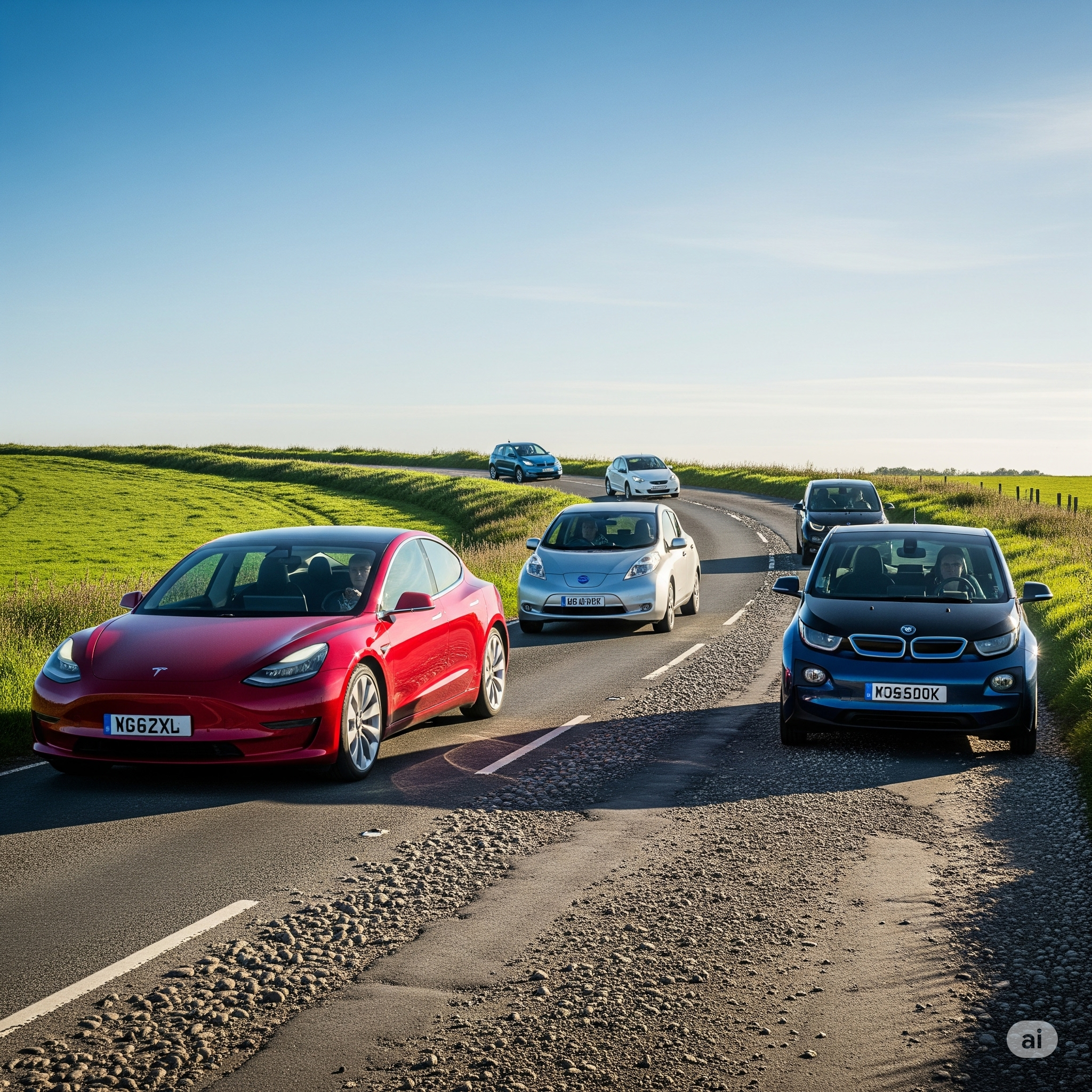Introduction: The Dominant Shift to Electric Vehicles. The roads are changing, and in the dynamic world of motoring, few trends are as impactful and talked about as the accelerating shift towards electric vehicles (EVs). Across the nation, from bustling city centres to quiet rural lanes, the hum of electric motors is becoming increasingly common, signifying a profound transformation in how people drive and what powers their journeys. This isn’t just about environmental policy; it’s a fundamental change driven by technological advancements, evolving consumer priorities, and a clear vision for a greener, more sustainable automotive future.
Electrified Fleet: Driven by National Targets & Diverse Models. The journey towards an electrified fleet is now in full swing, propelled by ambitious targets that aim to phase out the sale of new petrol and diesel cars in the coming years. This national commitment has sparked a surge in innovation, with manufacturers rapidly expanding their EV lineups to offer a diverse range of models, from compact city cars to spacious family SUVs and robust commercial vehicles. This breadth of choice is critical, ensuring that electric options are available to meet a wide variety of needs and preferences, moving EVs from a niche novelty to a mainstream consideration for any new car buyer.
Charging Infrastructure: Expanding Public & Home Networks. A cornerstone of this transition, and a frequent topic of discussion, is the charging infrastructure. The expansion of public charging networks is happening at an impressive pace, with rapid chargers appearing in more locations than ever before, including motorways, retail parks, and even local high streets. Complementing this is the steady rise in home charging solutions, offering the convenience of topping up overnight. While challenges remain in ensuring equitable access and reliability, continuous investment and technological improvements are steadily building a more robust and user-friendly charging ecosystem.
Affordability: Long-Term Savings & Growing Used EV Market. Beyond the charge point, affordability continues to be a key consideration for many looking to make the switch. While the initial purchase price of new EVs can sometimes be higher than their petrol equivalents, a more holistic view reveals significant long-term savings on fuel and maintenance, often bolstered by government incentives and lower road tax. Moreover, the burgeoning used EV market is now providing more accessible entry points for consumers, allowing a wider demographic to experience electric motoring at a more palatable price point. Innovative financing options and subscription models are also playing a part, making EV ownership a reality for more individuals.
Technological Advances: Longer Range, Faster Charging, Smart Features. Technological advancements are also rapidly enhancing the appeal of electric vehicles. Battery technology is constantly evolving, leading to longer ranges and faster charging times, directly addressing previous concerns about practicality. Modern EVs are also packed with smart features, offering seamless connectivity, advanced driver-assistance systems, and intuitive infotainment, enhancing both safety and the overall driving experience. These innovations are helping to redefine what a car can be, moving beyond mere transport to become integrated digital companions.
Societal Impact & Future: Cleaner Air, Urban Planning, Undeniable Momentum. The impact of this electric revolution extends far beyond individual car ownership. It’s contributing significantly to improving urban air quality, reducing noise pollution, and contributing to national carbon reduction targets. This shift is also influencing urban planning, with more dedicated EV parking spaces, charging hubs, and even consideration for how future cities might be designed around quieter, cleaner transport. It’s an exciting, multi-faceted transformation that promises not just a change in vehicles, but a healthier, more sustainable way of life for communities nationwide. In summary, the journey towards an all-electric future is a defining characteristic of the current motoring landscape. While it comes with its complexities—from infrastructure development to initial costs—the momentum is undeniable. With continuous innovation, expanding infrastructure, and increasing accessibility, electric vehicles are firmly in the driver’s seat, steering the nation towards a greener, more advanced era of personal transport.
